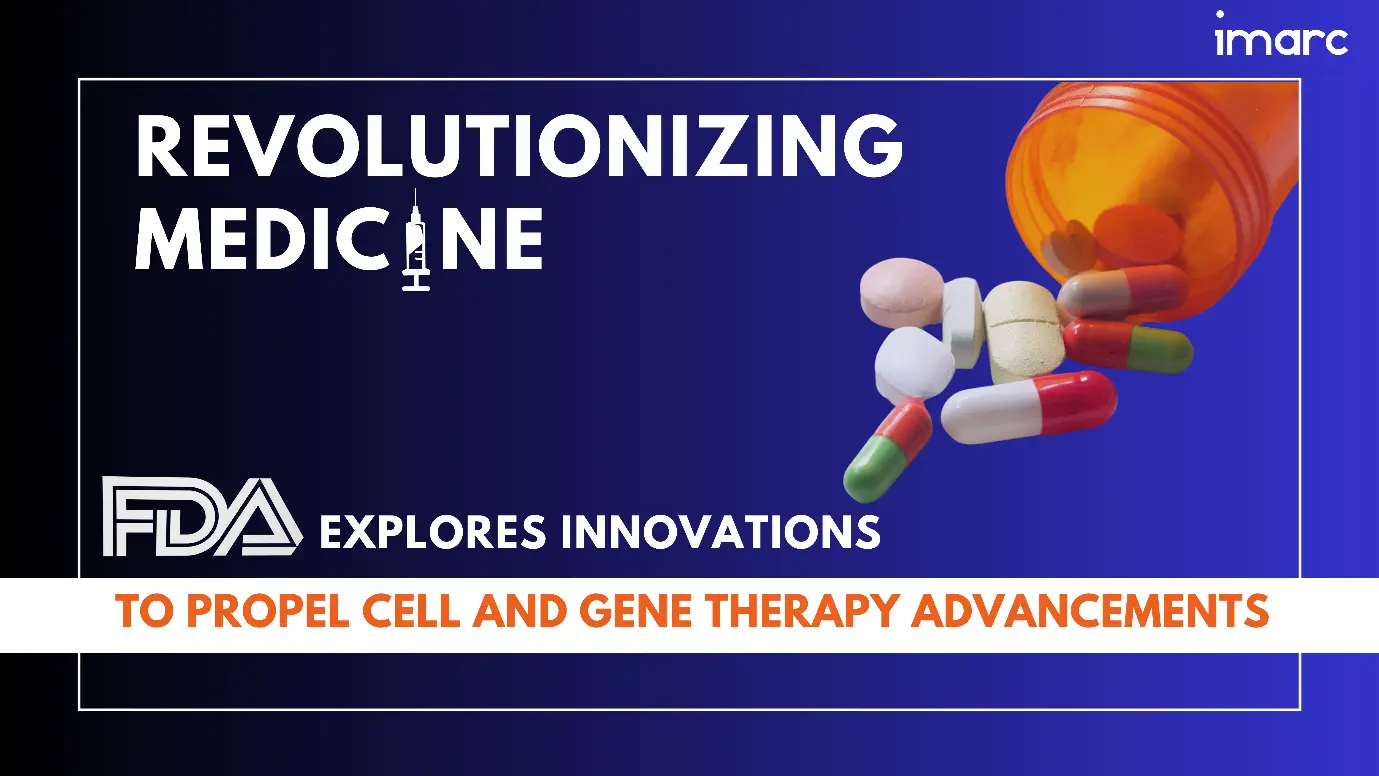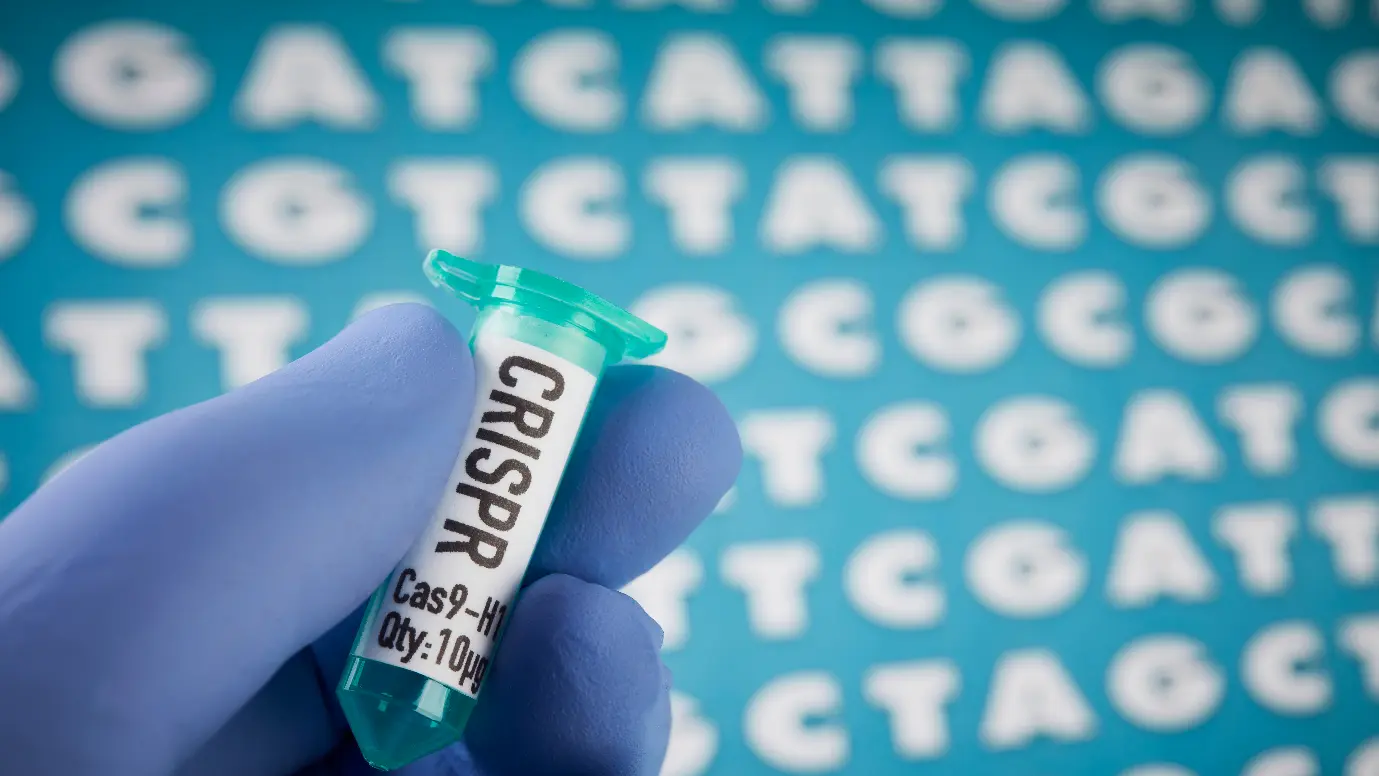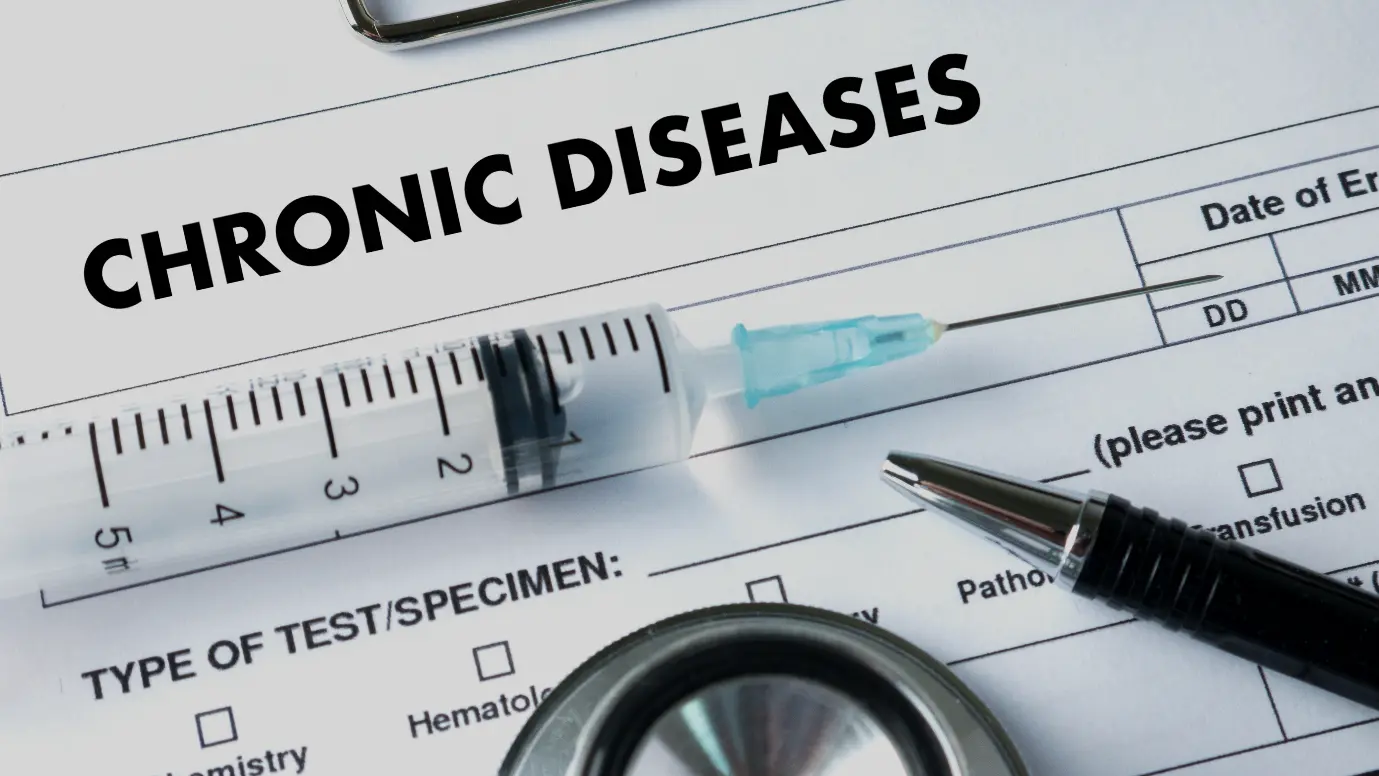Revolutionizing Medicine: FDA Explores Innovations to Propel Cell and Gene Therapy Advancements

Cell therapy involves the transplantation and manipulation of living cells to replace and repair damaged tissue. Its primary branches include stem cell therapy and non-stem cell therapy. Stem cell therapy utilizes stem cells to repair, replace, or rejuvenate damaged or diseased cells and tissues as they possess the ability to differentiate into various specialized cell types, making them valuable for regenerative medicine. Non-stem cell-based therapies typically involve somatic cells isolated from the human body. These cells are propagated, expanded, selected, and then administered to patients for curative, preventive, or diagnostic purposes. On the other hand, gene therapy seeks to treat diseases by introducing, replacing, or inactivating genes within cells.
Cell and gene therapy is a branch of biotechnology employed in the treatment of cardiovascular disease, oncology disorders, genetic disorders, infectious diseases, neurological disorders. At present, the United States Food and Drug Administration (FDA) has approved more than 30 cell and gene therapies, including Abecema (idecabtagene vicleucel), Clevecord (HPC Cord Blood), Yescarta (axicabtagene ciloleucel), Imlygic (talimogene laherparepvec), and Kymirah (tisagenlecleucel). Furthermore, the FDA is taking various steps to expedite the approval process for cell and gene therapy.
Breaking Barriers: Market Trends Shaping the Landscape of Cell and Gene Therapies
According to a study by IMARC, the global cell and gene therapy market is projected to reach US$ 43.0 Billion by 2028, exhibiting a CAGR of 17.4% during 2023-2028. The demand for cell and gene therapy has increased over time, driven by technological advancements in genetic research and biotechnology. Other factors contributing to the growth of the market are outlined below:
Advancements in Biotechnology: The evolving technology of genetic engineering contributes to the production of innovative cell and gene therapies. Tools like CRISPR-Cas9 gene editing, viral vectors, and others provide precision and efficiency to therapies. The growing advancements in biotechnology for these therapies are creating a positive environment for the market.

Rising Incidence of Chronic Diseases: The increasing prevalence of chronic diseases, such as cancer, cystic fibrosis, haemophilia, beta thalassemia, and sickle cell disease, is driving the demand for personalized medicines. Cell and gene therapies have the capability to treat these diseases, leading to the growing demand for cell and gene therapy around the world.

Supportive Regulatory Framework: Regulatory agencies, such as the United States Food and Drug Administration (FDA) and the European Medicines Agency (EMA), are taking various steps to expedite the approval process for cell and gene therapy. This is also encouraging investments and development in the cell and gene therapy sector.

Rising Demand for Personalized Medicine: Cell and gene therapy offer personalized treatment options tailored to the unique genetic makeup of an individual. Moreover, the shift of individuals towards personalized treatment is influencing the cell and gene therapy market positively.

In addition to this, collaborations and partnerships between academic institutions, pharmaceutical companies, and biotech firms improve the efficiency of research and development efforts. Furthermore, the increasing awareness about the benefits of cell and gene therapy among doctors and patients is creating a positive environment for the market.
Transforming Healthcare Horizons: Latest News in Cell and Gene Therapy Advancements
- In October 2023, ImmunoACT received marketing authorization approval from the Central Drugs Standard Control Organisation (CDSCO) for the first humanized COVIDovid-19 targeted Chimeric Antigen Receptor T cell (CAR-T cell) therapy product designed for relapsed/refractory B-cell lymphomas and leukaemia in India.
- Last month, Agilent Technologies Inc. signed a Memorandum of Understanding (MOU) with the Advanced Cell Therapy and Research Institute, Singapore (ACTRIS) to collaborate on the development of cell and gene therapy advancements over the next three years.
- Novo Nordisk has received approval from the U.S. Food and Drug Administration (FDA) for RivflozaTM (nedosiran) injection in doses of 80 mg, 128 mg, or 160 mg. This once-monthly subcutaneous ribonucleic acid interference (RNAi) therapy is intended to lower urinary oxalate levels in children 9 years of age and older and adults with primary hyperoxaluria type 1 (PH1) and relatively preserved kidney function.
- Bluebird and Lonza have amended their production contract for the second time since it was announced in the summer of 2016. Under the updated deal, Lonza has agreed to increase manufacturing capacity for Bluebird's gene therapies Zynteglo and Skysona.
- Abeona Therapeutics Inc. has submitted a Biologics License Application (BLA) to the U.S. Food and Drug Administration (FDA) seeking approval of EB-101, its investigational autologous, engineered cell therapy, as a treatment for patients with recessive dystrophic epidermolysis bullosa (RDEB).
Genetic Revolution: Shaping the Future with Advanced Cell and Gene Therapies
Private and public sectors are increasing investment and funding for the research and development (R&D) of cell and gene therapy. The growing interest from both private and public sectors is accelerating the translation of innovative ideas into tangible therapies. Moreover, cell and gene therapies are used to treat a wide range of diseases or indications such as cardiovascular disease, oncology disorders, genetic disorders, infectious diseases, and neurological disorders. Successful clinical trial results of cell and gene therapies build confidence among stakeholders, including healthcare providers, investors, and patients, which will further propel the market in the coming years. Additionally, market leaders have a diverse array of products in their pipelines that are projected to bolster the market in the forecasted period.
Unleash Innovation: IMARC's Distinctive Approach Redefines Industry Knowledge
Companies need to establish goals for developing new and innovative cell and gene therapies. It is essential for them to analyse their existing products and identify areas wherein new technological advancements can be introduced in gene and cell therapy development. Analysing competitors' strategies and innovating products is also a crucial parameter for creating unique and featured products.
At IMARC Group, we specialize in assisting companies to identify the latest trends, business strategies, and product opportunities through market research insights. We support organizations in the cell and gene therapy market by uncovering industry trends, patent analysis, and market analysis. Additionally, we help in creating powerful marketing plans. Our expertise extends to providing information on new product launches, innovations, recent trends, and developments. We aim to help businesses position themselves for long-term success and growth.